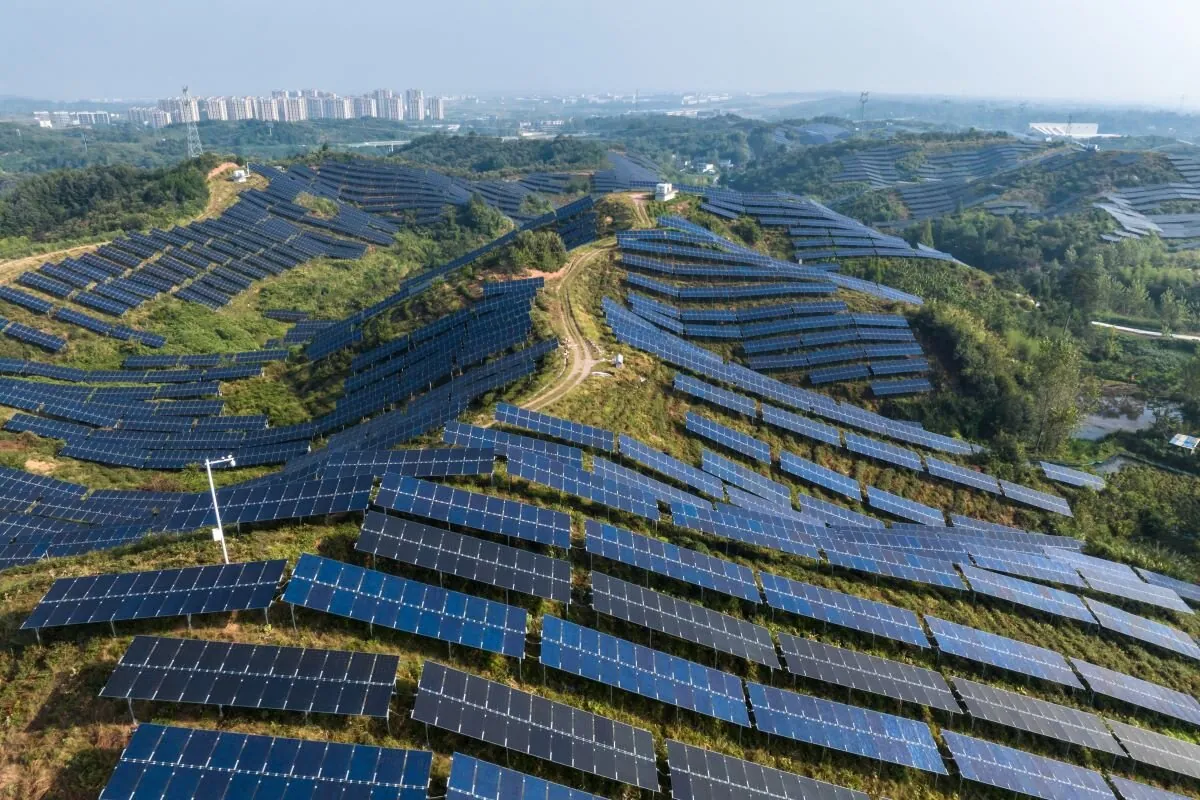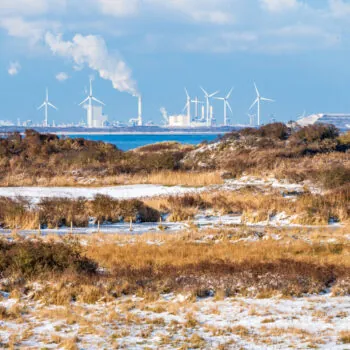The global clean technology landscape is undergoing a major shift with China at its centre. China now dominates 60% of global zero-carbon technology manufacturing, leading in solar, battery, wind, and heat pump sectors. While this has lowered costs and accelerated the energy transition, it exposes economic and geopolitical challenges, particularly for the US and EU.
Geopolitical dynamics across China and the US will need to be monitored into 2025 to ensure balance is struck for the supply of clean technology. For example, overreliance on China’s critical raw minerals can elevate risk for the global energy transition, with China recently restricting the export of raw minerals germanium, gallium, and antimony to the US.
In addition, the recent US election also has the potential to drastically shift trade dynamics into 2025. Policy announcements from President-elect Trump’s administration are hinting towards broad-based tariff hikes that could threaten global trade and force jurisdictions like the EU to reckon with an additional layer of complexity.
Addressing these economic and geopolitical challenges in a balanced way is essential to build momentum in the global energy transition, while promoting greater economic security and fair competition.
China’s dominance in clean tech manufacturing is not solely due to state subsidies. Other factors include:
- Manufacturing prowess: China’s advanced manufacturing capabilities and supply chains have positioned it as a leader, ensuring high efficiency and low costs.
- Innovation and strategic support: The government’s policies, including subsidies and low-interest loans, have boosted its clean tech sector.
- Economic necessity: With slowdowns in other sectors, China has turned to clean technology to drive growth and address air pollution concerns.
However, this dominance can lead to overcapacity and market dumping, destabilising green transitions elsewhere. China’s export of surplus clean tech products has led to accusations of undercutting prices and unfair trade practices, creating tensions with other countries. For instance, the EU’s decision to impose countervailing duties on Chinese electric vehicles followed a contentious process marked by deep divisions among member states. Despite opposition from key countries like Germany, the European Commission secured enough support in October 2024 to implement five-year duties. This move has escalated tensions with China, which has launched its own investigations into EU exports, raising the prospect of retaliation.
Economic and national security concerns
Western countries, especially the US and EU, have responded to China’s dominance with increased tariffs and trade barriers aimed at:
- Protecting domestic industries: Shielding local clean tech manufacturers from cheaper Chinese imports.
- Reducing dependencies: Diversifying supply chains to avoid over-reliance on Chinese technology.
- Addressing unfair trade practices: Countering perceived advantages gained by Chinese firms through state subsidies.
While these measures protect domestic industries, they risk slowing down the global energy transition by limiting access to affordable clean technologies, potentially hampering efforts to combat climate change.
Strategies for trade and clean tech integration
There are several strategies available for balancing trade measures and clean tech integration:
- Geographic diversification: Completely excluding China from supply chains is impractical. Instead, diversifying supply sources reduces exposure to risks.
- Joint partnerships: Collaborating with China through partnerships could facilitate technology transfer and innovation. Engaging with China, rather than isolating it, could improve the global clean tech landscape.
- Targeted subsidies: Subsidising clean tech consumption can offset China’s production subsidies, for example offering tax credits for renewable energy and electric vehicles.
Broader industry and geopolitical dynamics are also at play, such as:
- Internal price wars: Intense competition among Chinese manufacturers impacted global markets, leading to price cuts and increased exports.
- Security risks: The integration of advanced technologies raises data security concerns, necessitating robust regulatory frameworks.
- Strategic investments: China’s investments in manufacturing abroad, such as in Morocco, helps to bypass trade barriers and integrate into global supply chains.
Balancing competitiveness and climate goals is vital and can be achieved by:
- Engagement and learning: Policymakers should engage with China to learn from its manufacturing expertise.
- Subsidising consumption: Western countries could match China’s production subsidies with financial incentives to encourage clean tech adoption.
- Regulation and standards: Stringent regulatory standards can ensure high-quality imports and address security concerns.
- Balanced trade policies: Policymakers must balance protecting domestic industries with ensuring access to affordable clean technologies.
China’s clean tech boom presents both opportunities and challenges. Tackling climate change requires China’s involvement as a major player in the market. There is a need for strategic approaches to trade and clean tech integration – these must emphasise engagement with China and offer supply chain diversification, strong regulatory standards and targeted subsidies. Achieving a balance between de-risking and decarbonisation is essential to maintaining momentum in the global energy transition.
This blog was inspired by panel discussions with Johanna Lehne, Associate Director, Clean Economy, E3G; Isabel Hilton, OBE; Dr Michal Meidan, Head of China Energy, Oxford Institute for Energy Studies; Sam Lowe, Flint Global; Winnie Wen, GCL System Integration Technology GmbH, at the SOCP 2024 Forum.


